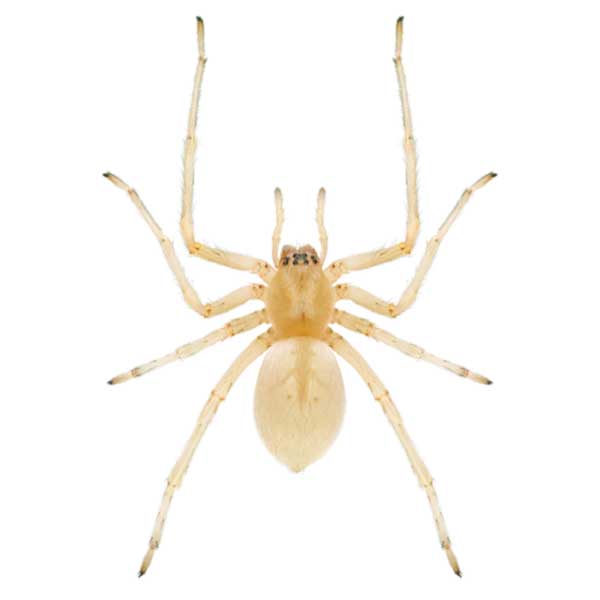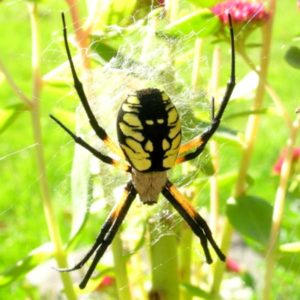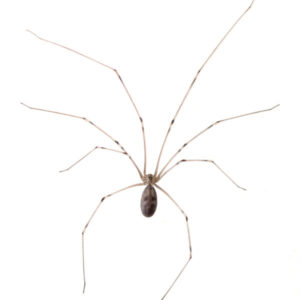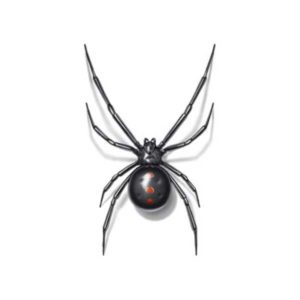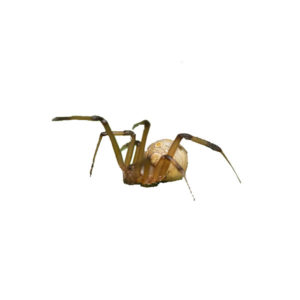Sac Spider Identification
What Do Sac Spiders Look Like?
Sometimes referred to as a “yellow sac spider”, sac spiders are small to medium in size, typically pale in color, ranging from yellow to light green or tan. They have a distinct appearance, with a somewhat translucent body and long legs. These spiders are known for the silk sacs they create, which they use for resting and as a retreat during the day. Need help with spider identification? See our common spider species to help you identify which eight legged pest you are dealing with.
Signs of a Sac Spider Infestation
Sac spiders can be seen in gardens, under vegetation, bark, in rolled leaves, and organic debris. Sac spiders are often shipped in agricultural products such as grapes and can make their way into homes on produce. It is common to see these spiders inside a home during the fall as they begin to seek warmth from the dropping temperatures outdoors. Sac spiders can easily climb slick surfaces and will construct silk, sac-like retreats wherever walls meet other walls or ceilings.
Habitat, Diet, Life Cycle & Bites
Where Do Sac Spiders Live?
Sac spiders can be found both outdoors and indoors. Outdoors, they live under leaves, rocks, and bark. Indoors, they prefer high corners, wall junctions, and ceilings. They are often found in less-trafficked areas of homes, like attics and basements.
Diet of a Sac Spider
Their diet mainly consists of small insects and other spiders. Sac spiders hunt at night, relying on their speed and agility rather than webs to capture prey.
Life Cycle of a Sac Spider
The life cycle of sac spiders includes an egg, spiderling, and adult stage. Females lay eggs within their silk sacs, which then hatch into spiderlings. These young spiders go through several molts before reaching adulthood.
Sac Spider Bites
The bite of a common sac spider can be misdiagnosed as a brown recluse spider bite. Injuries develop in a similar manner but are much less severe. Although the bite of a yellow sac spider can be painful, it is not medically significant except for allergic individuals. Reactions, such as swelling, slow healing, and ulcerated sores around the bite site, are similar enough to be confusing. If you suspect that you have been bitten by a spider, seek medical attention if symptoms persist or intensify.
Are Sac Spiders Dangerous?
Sac spiders are not considered significantly dangerous. While they can bite, their venom does not cause serious health issues, although it can result in discomfort and localized reactions.
How to Get Rid of Sac Spiders?
To control sac spiders, reduce clutter and seal cracks and gaps in the home’s exterior. Regular cleaning can help eliminate their hiding places and reduce the insect population that serves as their food source.
Sac Spider Prevention Tips
Prevent sac spiders by keeping your home clean and clutter-free. Ensure that windows and doors are properly sealed, and use insect screens to keep both spiders and their prey out.
Need help with Sac Spiders control?
FAQs
What Are the Symptoms of a Sac Spider Bite?
Symptoms of a sac spider bite may include immediate pain, redness, swelling, and in some cases, a slow-healing sore.
How Poisonous is a Sac Spider?
Sac spiders have venom that they use to subdue their prey, but their venom is not considered particularly dangerous to humans. Bites may cause discomfort and localized reactions, but if you suspect that you have been bitten by a spider, seek medical attention if symptoms persist or intensify.
What Happens When a Sac Spider Bites You?
A bite from a sac spider can cause pain, redness, and swelling at the bite site. In rare cases, the bite may develop into a slow-healing sore. If you suspect that you have been bitten by a spider, seek medical attention if symptoms persist or intensify.
Are Sac Spiders Good?
Sac spiders are beneficial in ecosystems as they help control insect populations. However, their tendency to venture indoors can make them a nuisance in homes.
Why is it Called a Sac Spider?
The name “sac spider” comes from their habit of creating small silk sacs in which they rest during the day. These sacs are typically found in corners, along ceilings, or behind furniture.

